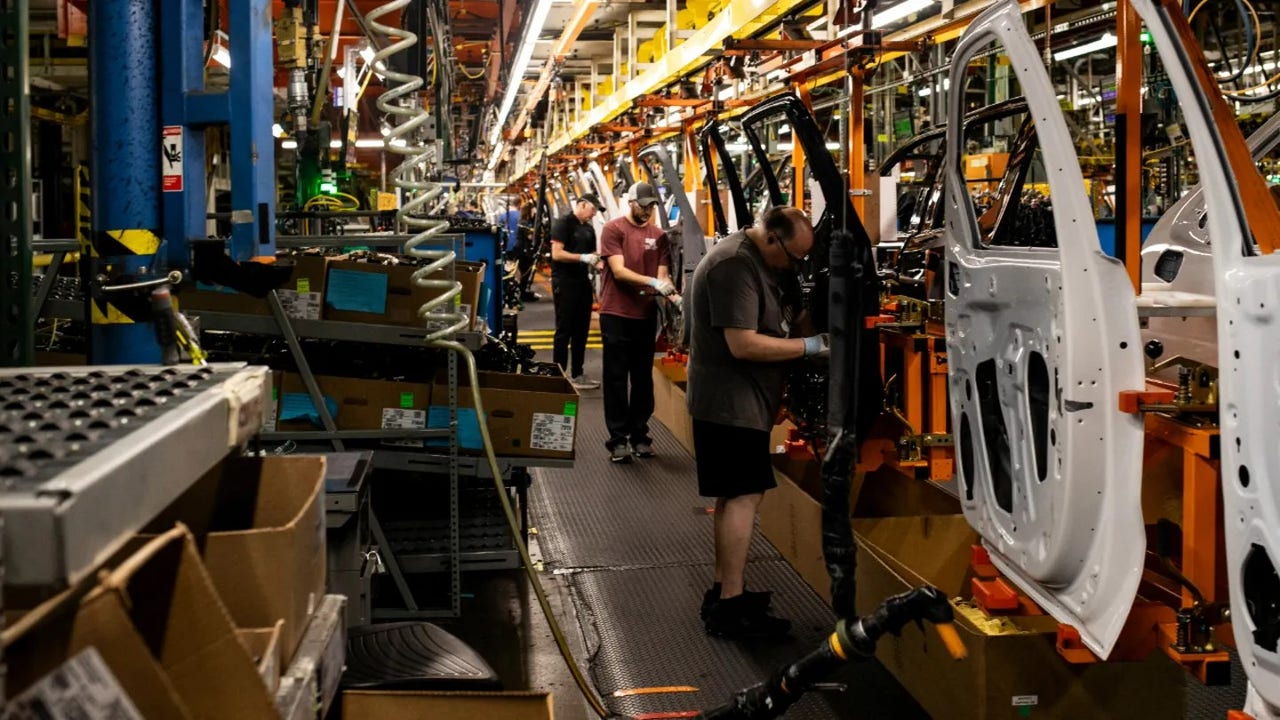
General Motors (GM) has announced a significant investment of $4 billion into its U.S. manufacturing operations over the next two years, as part of its strategy to ramp up production of gasoline-powered and electric vehicles (EVs). The announcement reflects the company’s dual focus on sustaining its current market while transitioning toward an electrified future.
The investment will be directed toward upgrading facilities, increasing output capabilities, and integrating the latest manufacturing technologies. By strengthening both its internal combustion engine (ICE) and EV manufacturing lines, GM aims to balance consumer demand across vehicle segments.
“This investment underscores our commitment to driving innovation and leading the industry through a time of unprecedented change,” a GM spokesperson said. “We are focused on ensuring our workforce and facilities are equipped to support the future of mobility.”
The decision to simultaneously support gas-powered and electric vehicle production comes amid growing consumer interest in EVs and tightening environmental regulations. GM previously announced plans to exclusively offer electric light-duty vehicles by 2035, yet continues to invest in ICE vehicles to serve current markets and maintain profitability during the transition.
The company has not provided detailed breakdowns of how the $4 billion will be allocated across specific sites, although several major plants—including the Fort Wayne Assembly plant in Indiana—are expected to benefit. Enhancements to these facilities may include modernization of assembly lines, installation of advanced robotics, and retraining programs for employees.
Auto industry analysts view this investment as a strategic move by GM to remain competitive in both traditional and emerging markets. It also signals confidence in the resilience of U.S. manufacturing despite global supply chain challenges and market uncertainties.
This bold financial commitment comes as GM and other major automakers navigate a changing automotive landscape, where shifts in consumer behavior, regulatory pressures, and technological advancements demand constant innovation and adaptation.
Source: https:// – Courtesy of the original publisher.








